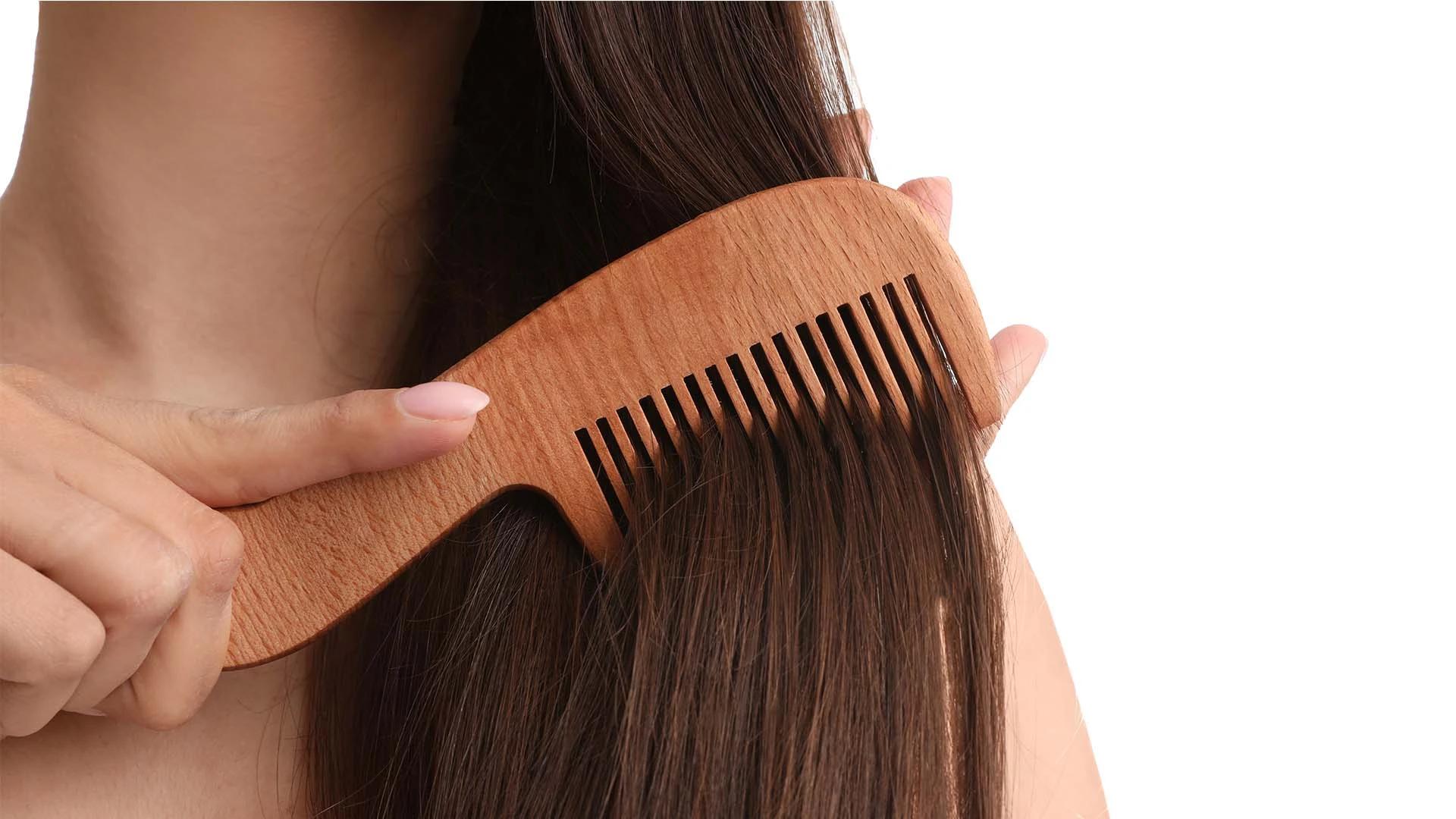Now that you know why combing is so brilliant, let's talk about doing it right. The wrong technique can actually cause more harm than good, so getting this bit sorted is crucial. Proper hair brushing methods vary depending on your hair type and condition, but some rules apply to everyone.
Choosing the Right Comb
Wide-tooth combs work best for wet hair and detangling, while fine-tooth combs are perfect for styling and smoothing dry hair. Natural materials like wood or horn are gentler on your strands than plastic alternatives.
Wet vs. Dry Hair Combing
Wet hair is more fragile, so always use a wide-tooth comb and work extra gently. For dry hair, you can use different tools depending on your styling goals, but always start from the ends and work upwards.
Combing Techniques for Different Hair Types
Curly hair needs minimal combing—only when wet and with plenty of conditioner. Straight hair can handle daily brushing, while textured hair benefits from sectioning and gentle detangling with fingers or wide-tooth combs.
Frequently Asked Questions
Is combing your hair good for hair growth?
Yes, but not directly. Combing stimulates blood circulation to your scalp, which helps deliver nutrients to hair follicles. This creates better conditions for healthy growth, though it won't make hair grow faster than your natural growth rate.
What are the side effects of not combing hair?
Skipping regular combing can lead to tangled hair, uneven oil distribution, scalp buildup, and increased breakage when you finally do detangle. Your hair might also look duller since natural oils aren't being distributed properly.
How often should I comb my hair for optimal benefits?
This depends on your hair type. Fine, straight hair might benefit from daily gentle brushing, while curly or textured hair should only be combed when wet with conditioner—perhaps 2-3 times per week.
Are there any disadvantages to combing hair?
Over-combing or using the wrong technique can cause breakage and damage. Combing wet hair too aggressively or using the wrong tools can also lead to problems. The key is gentle, proper technique.
What are the benefits of using a wooden comb?
Wooden combs are naturally anti-static, gentler on hair, and help distribute oils more evenly. They're also more environmentally friendly and can last longer than plastic alternatives when properly cared for.
Final Thoughts
Who knew something as simple as combing could be such a haircare hero? From boosting scalp circulation to preventing breakage and distributing those precious natural oils, your humble comb is doing serious work behind the scenes. The best part? These benefits don't cost extra—just a few minutes of proper technique each day.
When you're ready to discover your perfect haircare routine, Smytten offers curated trial packs from over 1,500 trusted brands, letting you explore everything from innovative combs to nourishing hair treatments. With up to 8 minis for just ₹249 and 100% cashback on trials, you can find your ideal hair health maintenance products without the commitment. After all, why settle for 'maybe' when you can #TryItAll and discover what truly works for your unique hair needs?

 1 unit
1 unit